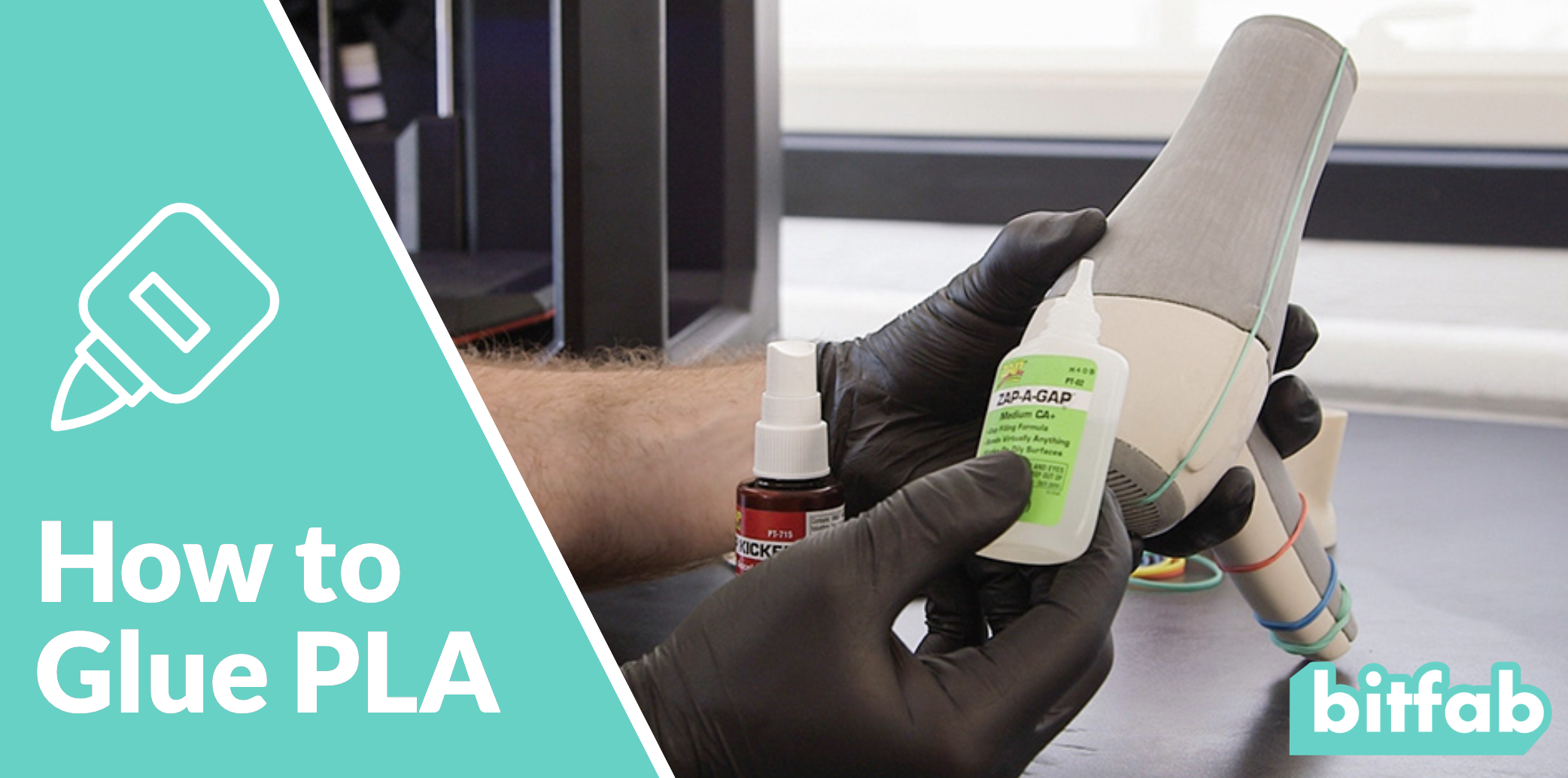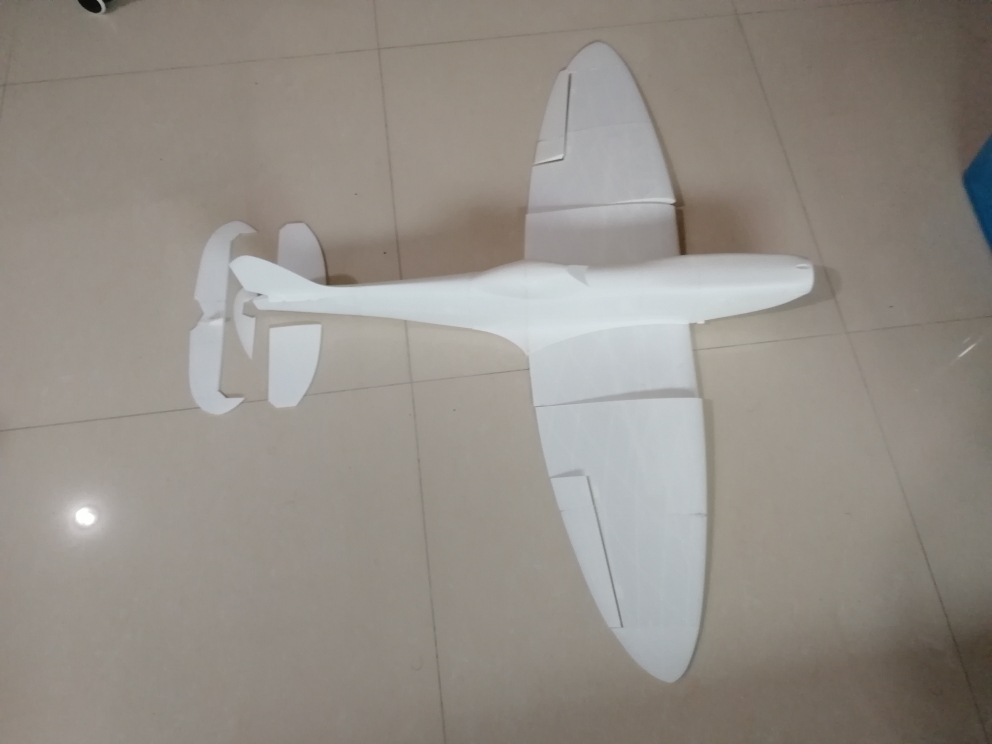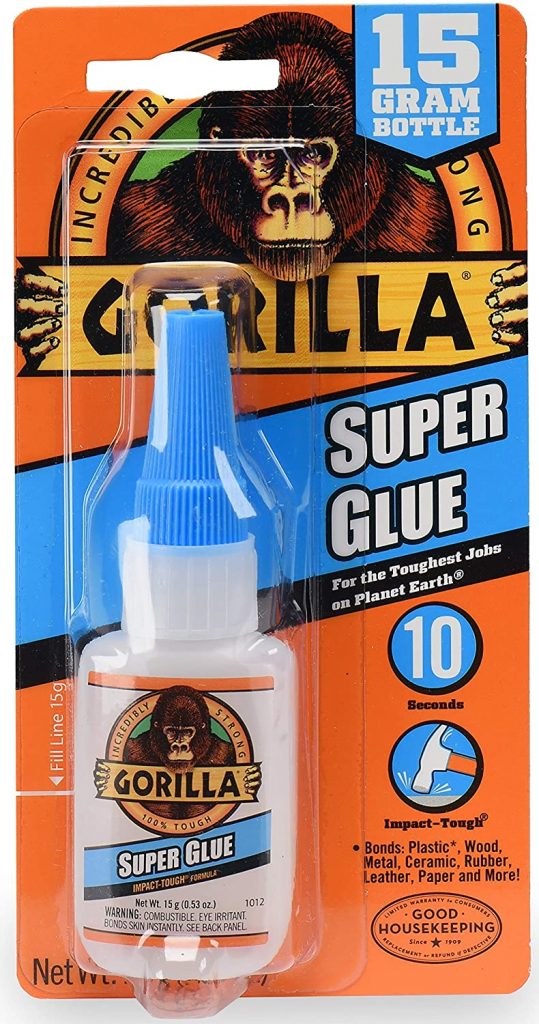

To achieve sufficient heatbed adhesion, we use temperature 50-60☌ any higher will result in warped bottom part caused by the weight of the part.ĭarker colours warp on direct sunlight as the temperature of the surface builds up fast. The PLA softens at temperatures higher than 50☌, that is its glass transition temperature. We’re using higher than usual temperature (by default 230☌) and no cooling to achieve good inter-layer adhesion. At least you’ll have something to compare to while experimenting with others. If you’re new to 3D printing RC planes, please always start with a standard PLA with a consistent diameter. If not specified otherwise, the planes are designed and tested with standard PLA filament.

Standard PLA is our most commonly used and recommended material to print 3DLabPrint planes. Parts can be easily sanded to make a nice surface finish. Models printed in light grey are not translucent and therefore it’s easier to create a good-looking scale paint job. We chose to make the material in light grey colour, that’s the most universal base colour for painting. That means the model is less prone to damage and it actually saves costs. Lowered wing loading results in lower stall speed and impact energy when things go sideways. Since the filament foams up when being printed, a single spool lasts for more than twice the amount of parts in volume, compared to non-foaming filaments. Don’t expect the print to be perfectly clean. Where possible, we’re trying to minimize the number of travel moves in geometry, but stringing can be quite easily removed with a snap knife, scalpel or sanded down. Set retractions to 0 mm distance, but keep the extra restart distance to compensate for oozed material on travel moves.

If you find the parts are hard to fit into each other, slightly lower the flow or multiplier. Recommended hotend temperature is around 230-240☌, Bed temperature 50-60☌, Set multiplier in a range of 0.4 – 0.5 to achieve a wall width around 0.6 mm. For example, every gram saved on tail parts counts more than twice in the need to balance the model improving weight distribution.Ī basic Simplif圓D FFF profile for printing LW-PLA on Prusa MK3 and compatible printers: 3dlabprint_LW_1per PolyLight 1.0 is recommended especially for our LW Planes models designed to be printed in single-pass (vase) mode with reduced travel moves but used wisely it can also be used as a complement to the PolyAir to improve the wing loading of any of our models. Great for LW Planes or weight reduction of any model Foaming during travel moves means more stringing, however, easily removable.Lower glass transition temperature, but with lower volumetric density, less prone to warping on a Sun.Less stiff than PLA – can be controlled by extrusion multiplier and temperature.Easy to clean and sand any imperfections.More than double the print volume from a single spool.Less than half the weight of standard PLA.Suitable especially for smaller models and parts where strength is not so critical. Depending on hotend temperature, the material increases its volume more than twice during extrusion resulting in very lightweight parts. The printing temperature remains at 230☌ without cooling.Īs with the regular PLA, the glass transition temperature remains around 50☌, so avoid exposing the model to higher temperatures on direct sunlight or leaving the model in a car.Īctive foaming lightweight LW-PLA material. A sophisticated production line ensures a constant diameter with tight tolerance. It prints as easy as a regular PLA, so you can use your trusted print profiles or our pre-compiled gcodes on compatible printers. Improved impact resistance and layer adhesion are crucial for a longer lifespan of 3D printed RC planes. Our new in-house PLA based four compound material, developed specifically for printing thin-wall planes. Stiff – as stiff as regular PLA to handle high G forces.Easy to print – prints even better than regular PLA.Easier to cut with a knife – doesn’t break that easily.We tried many different materials and here’s our experience. Choice of material is very crucial for a successful result.


 0 kommentar(er)
0 kommentar(er)
